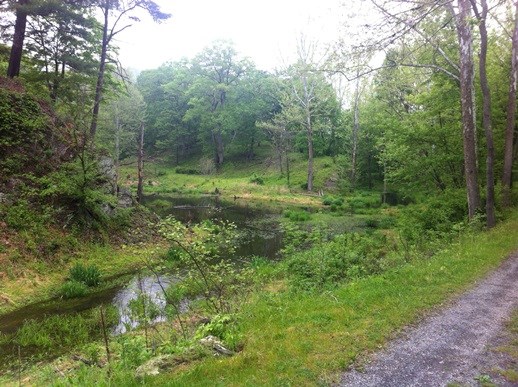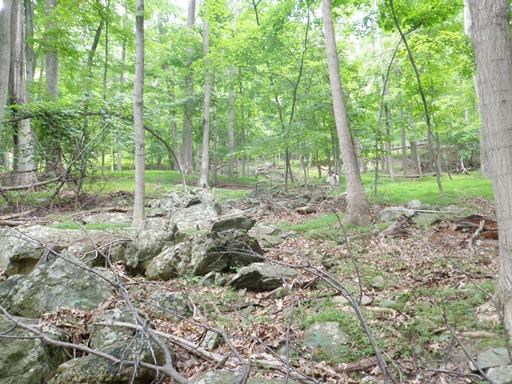|
The Chesapeake and Ohio Canal National Historical Park (C&O Canal) spans 184.5 miles along the Potomac River from Washington, DC, to Cumberland, MD. It is home to a variety of habitats including rocky outcrops, bluffs, floodplains, and wetlands. To protect the C&O Canal’s natural resources, National Park Service staff from the Inventory and Monitoring (I&M) division monitor forest vegetation in seventy-five plots along the C&O Canal, tracking the composition and condition of trees, shrubs, and vines. During monitoring, staff record data including the total number of trees at each plot, the species identity, and diameter at breast height (DBH) for every tree. This brief summarizes the most recent tree data for C&O Canal using a common forestry metric called the Importance Value (IV) Tree Importance ValueTree Important Value (IV) is a metric for comparing the dominance of tree species found in a given area. IV is based on three factors—density (number of individuals), size of individuals (calculated from DBH), and distribution (how widespread they are).* In this brief, Importance Value will be used to compare tree species composition in upland and lowland sites on the C&O Canal.
NPS Photo Lowland/Floodplain ForestSince the C&O Canal borders along the Potomac River, much of the forest that exists along the river's edge are in low-lying floodplains. These areas can be subject to high flows of water from the Potomac River, causing the soil to become moist or at times, temporarily submerged. Many native plants found here have shallow roots and like moist soils, so they are well adapted to living in these habitats. Trees in this forest type can include: American Sycamore (Platanus occidentalis), Silver Maple (Acer saccharinum), Box Elder (Acer negundo), and Green Ash (Fraxinus pennsylvanica). Native components of the understory are often young Paw Paw (Asimina triloba) trees and Northern Spicebush (Lindera benzoin) shrubs as well as herbaceous plants like Lizard's-Tail (Saururus cernuus). 
NPS 
NPS Forest Upland ForestThe other type of forest community that can be found within the C&O Canal is upland forest. Upland forests are generally established higher in elevation from the reaches of flooding river or canal waters, allowing a different variety of plant species to become dominant. Native trees that can be found in this habitat are Tulip Poplar (Liriodendron tulipifera), various Oak species (Quercus spp), Red Maple (Acer rubrum), and Hickory species (Carya spp). Tree species must compete for resources, including energy from the sun, so they often grow to considerable sizes and can produce a full canopy of leafy branches. Because of limited light and other resources, the forest floor supports shade tolerant species such as Witch Hazel (Hamamelis virginiana), and many herbaceous plants.

NPS |
Last updated: November 21, 2025
